In the post at Common Lisp class hierarchy, Rainer Joswig & Joshua Taylor carefully distinguish some of the differences between built-in Common Lisp types and classes, where classes form part of the CLOS extension to the baseline. The type/class (plus mop) distinctions are also reflected in Pfeil's comprehensive hierarchy diagram. Using the diagram, it seems possible to extract the two distinct hierarchies. In particular, I am currently most interested in the tops of the hierarchies; namely, the direct subtypes and subclasses of t (since t is both a type and a class). Here are some provisional subtypes/subclasses distilled from the diagram:
For the type hierarchy, the direct subtypes of t seem to be atom, character, random-state, hash-table, restart, readtable, package, pathname, stream, function, array, sequence, number, and condition. All other types like float or list are subtypes of one of these types. The type hierarchy is also not strictly hierarchical (since (subtype t t) => T, but this seems to be the only exception). (ps: the types symbol and structure-object are not included in the diagram, but also may be direct subtypes of t.)
For the class hierarchy, the direct subclasses of t include corresponding classes for all the types above (except atom, and perhaps structure-object which is now a subclass of standard-object(?)), plus standard-object.
The MOP extends CLOS by adding the class metaobject (plus some meta-subclasses), but does not seem to add to the direct subclasses of t.
Can someone verify if this understanding is correct, or provide additional clarifications?
Note: I've discovered at least one mistake in the type hierarchy description above. All of the listed subtypes (character, etc.) are apparently subtypes of atom, so they are not direct subtypes of t. The only other direct subtype of t seems to be sequence, since a sequence can be a cons (non-atom). Moreover, symbol is, in fact, included in the diagram, and is also a subtype of atom.
